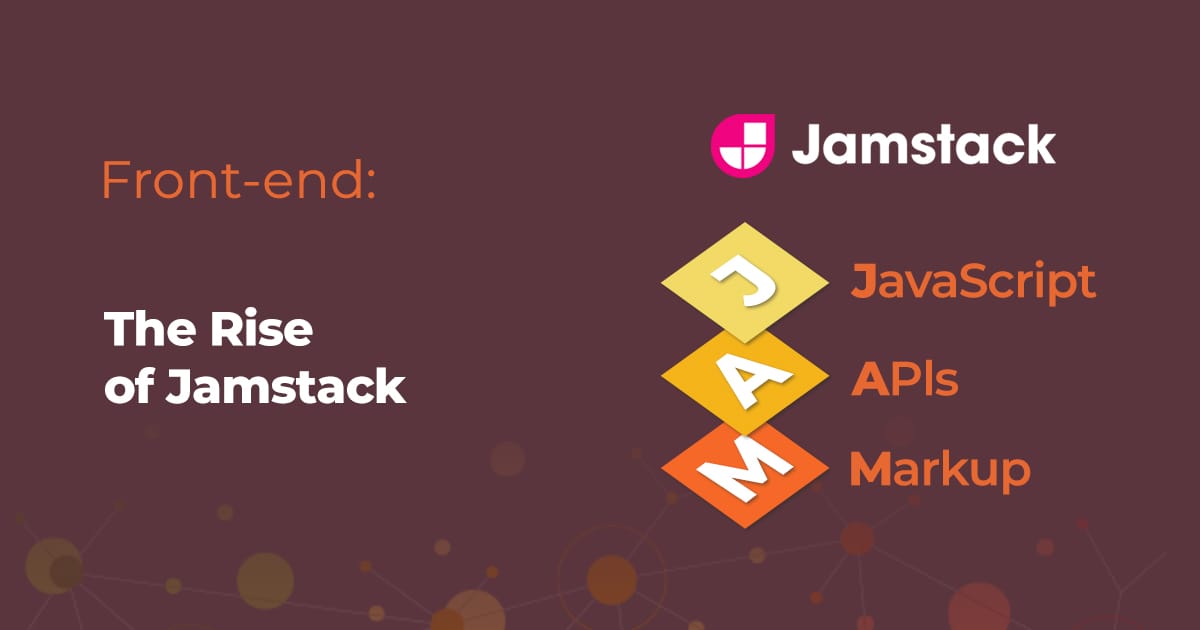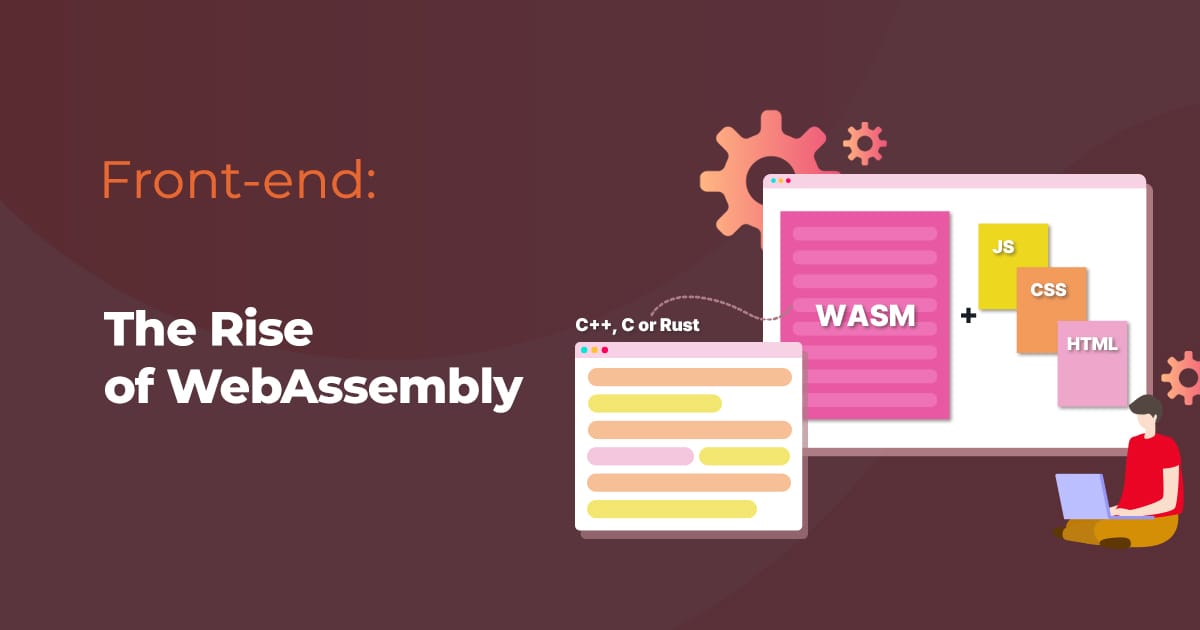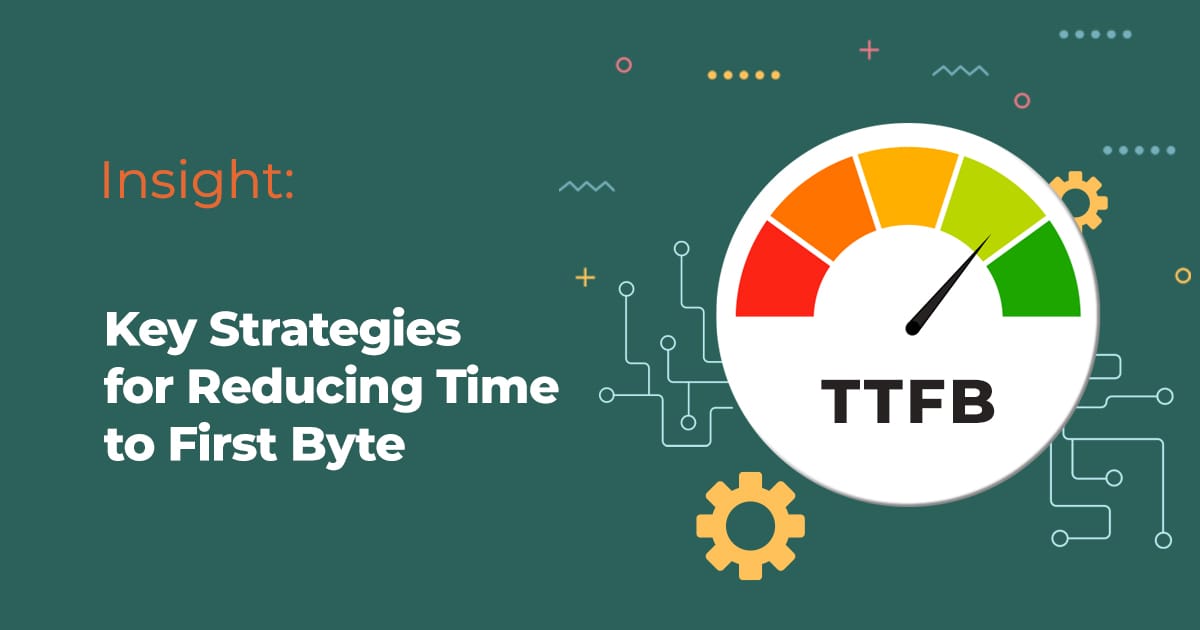WebAssembly, or WASM, is a binary instruction format designed to run high-performance code in web browsers. It is a relatively new technology, but it is quickly gaining popularity among front-end developers.
Why is WebAssembly important for front-end development?
WebAssembly has a number of advantages over JavaScript, the traditional language for front-end development. First, WASM code can run much faster than JavaScript code. This is because WASM code is compiled to native machine code, which can be executed directly by the browser's CPU.
Second, WASM code is more secure than JavaScript code. WASM code is sandboxed, which means that it cannot access the DOM or other resources on the user's computer. This makes it less vulnerable to attacks.
Third, WASM code is more portable than JavaScript code. WASM code can be run on any browser that supports WASM. This makes it a good choice for building cross-platform applications.
How is WebAssembly being used in front-end development?
WebAssembly is already being used in a variety of ways in front-end development. Some common uses include:
- Gaming: WebAssembly is being used to create high-performance games in the browser. This is because WASM code can run much faster than JavaScript code, which is important for games that require a lot of processing power.
- Machine learning: WebAssembly is being used to run machine learning models in the browser. This is because WASM code is more secure than JavaScript code, which is important for machine learning models that contain sensitive data.
- WebAssembly modules: WebAssembly modules are a new feature that allows developers to load WASM code from external sources. This makes it easy to add new features to existing web applications.
The future of WebAssembly
WebAssembly is still a relatively new technology, but it has the potential to revolutionize front-end development. WASM code is faster, more secure, and more portable than JavaScript code, which makes it a better choice for a variety of applications.
As WebAssembly continues to develop, it is likely to become even more popular among front-end developers.
Related Posts









